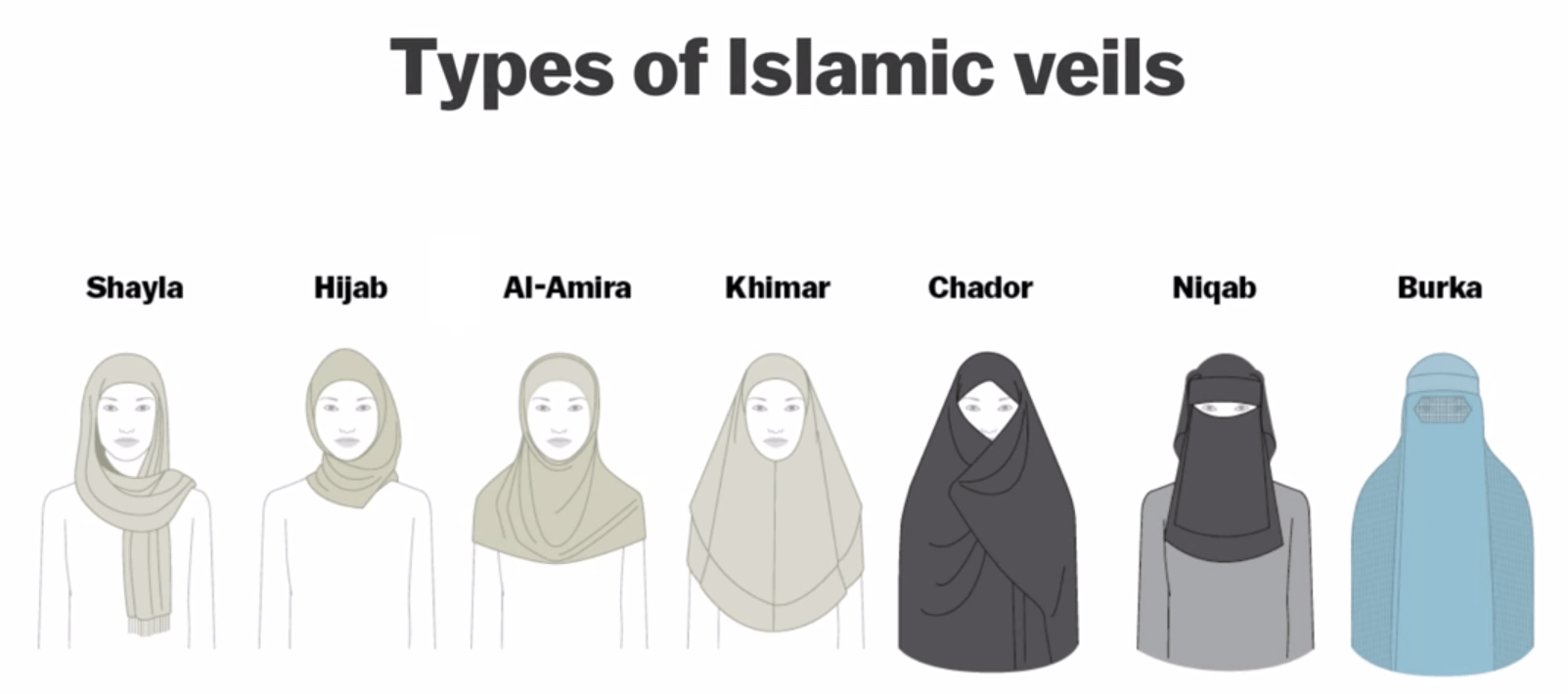Learn more about BSC’s production of Tom Coash’s VEILS, playing October 1-18 at the Boyd-Quinson Mainstage.

TYPES OF VEILS
In Islamic culture, women often wear veils as a signifier of religious or cultural tradition or as a show of personal modesty. The type of veils worn differs based on cultural and religious variances.
The Shayla is a long, rectangular scarf popular in the Gulf region. It is wrapped around the head and tucked or pinned in place at the shoulders.
The Hijab or Hejab is a square scarf that covers the head and neck but leaves the face clear. The hijab is worn in many countries and sects of Islam, and is the most common form of veiling in western countries. The hijab can be seen in many colors and styles.
The Al-amira is a two-piece veil. It consists of a close fitting cap, usually made from cotton or polyester, and an accompanying tube-like scarf.
The Khimar is a long, cape-like veil that hangs down to just above the waist. A popular style in Egypt, the Khimar covers the hair, neck and shoulders completely, but leaves the face clear.
The Chador, worn by Iranian women when outside the house, is a full-body cloak. It is often accompanied by a smaller headscarf underneath.
The Niqab is a veil for the face that leaves the area around the eyes clear. However, this may be obscured by a separate eye veil. It is worn with an accompanying headscarf, such as a khimar.
The Burqa is the most concealing of all Islamic veils. It covers the entire face and body, leaving just a mesh screen to see through. There have been attempts to ban both the niqab and burka in some European countries.
